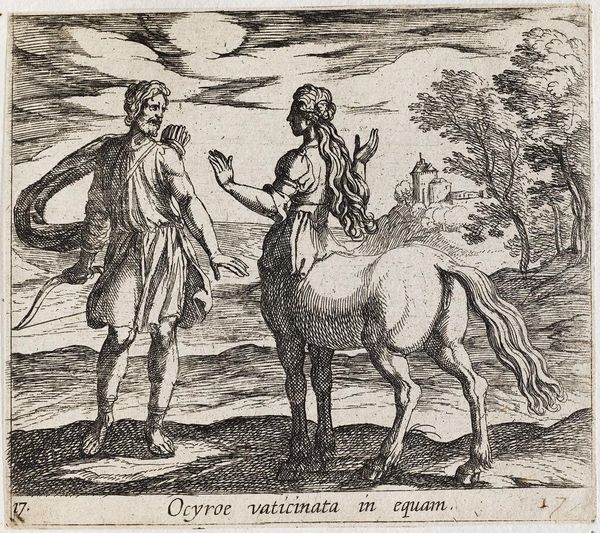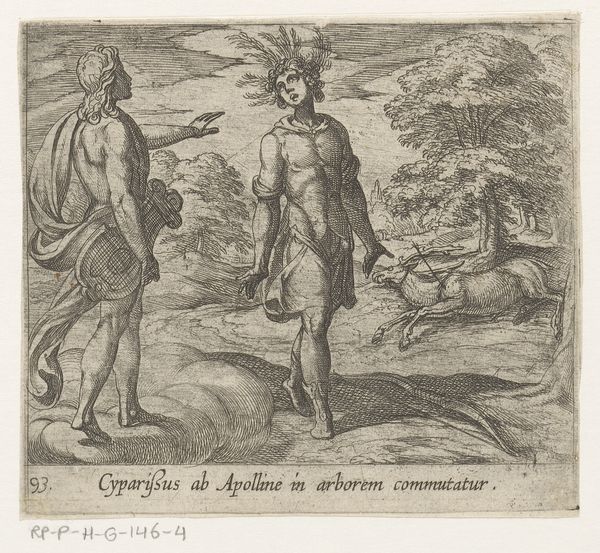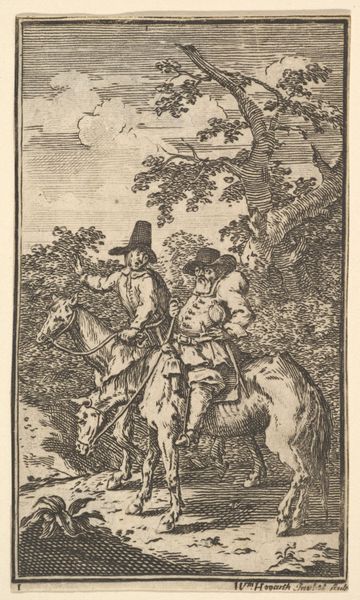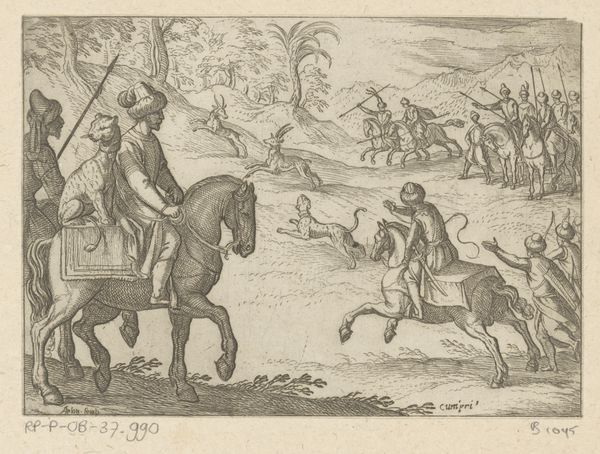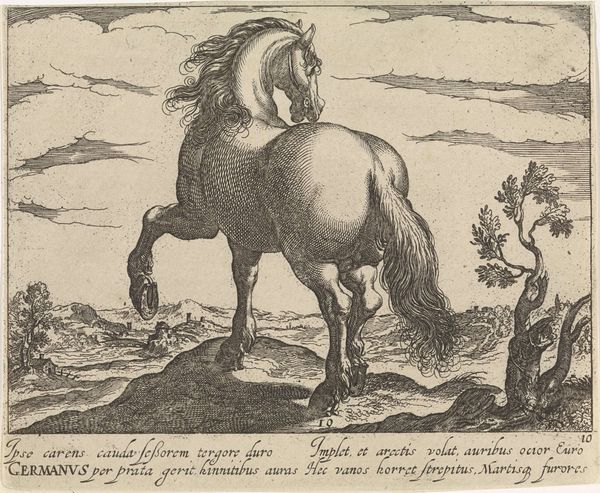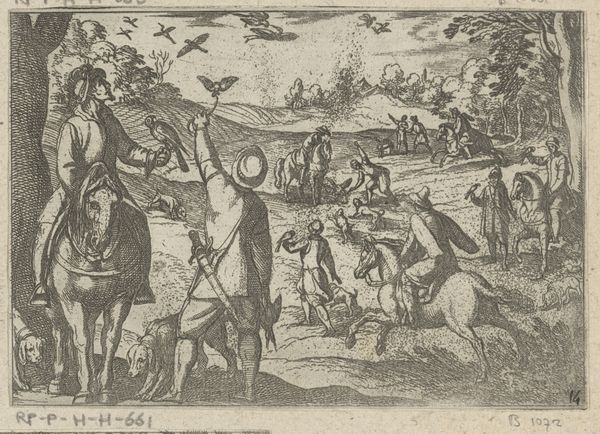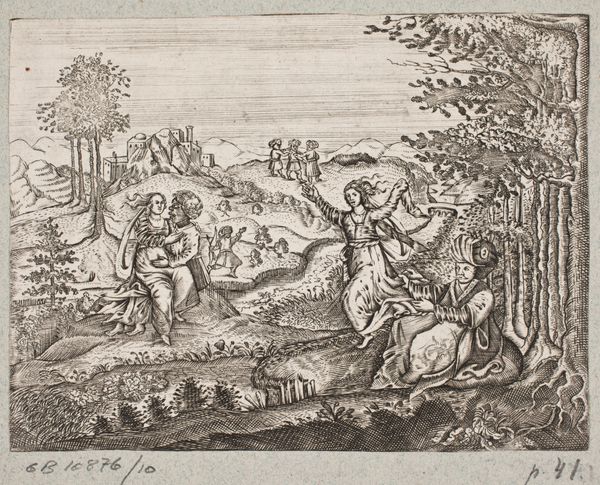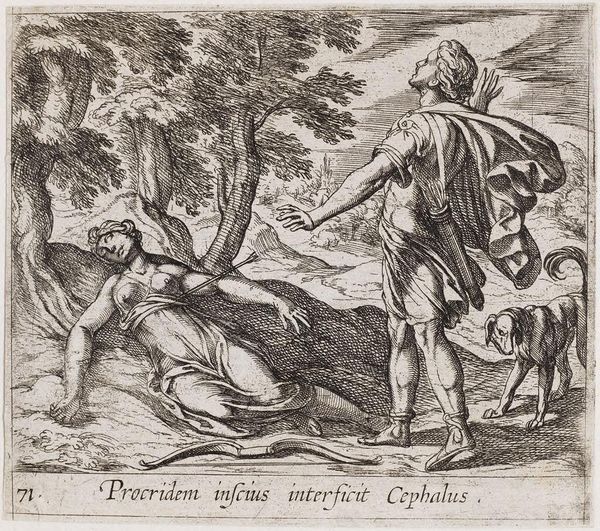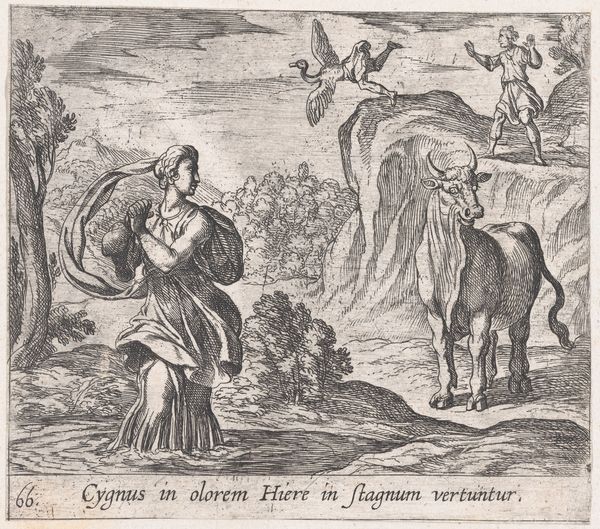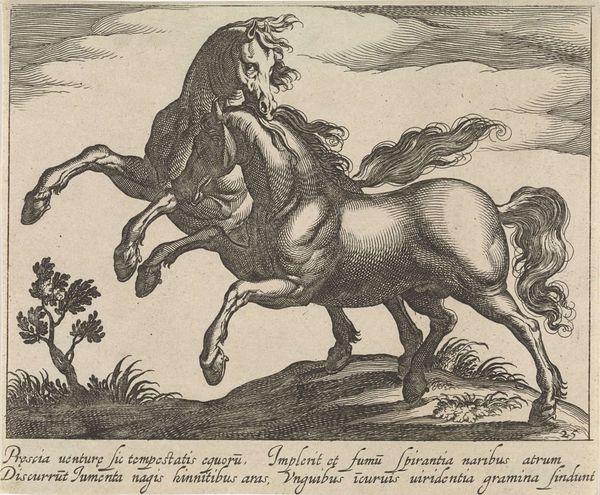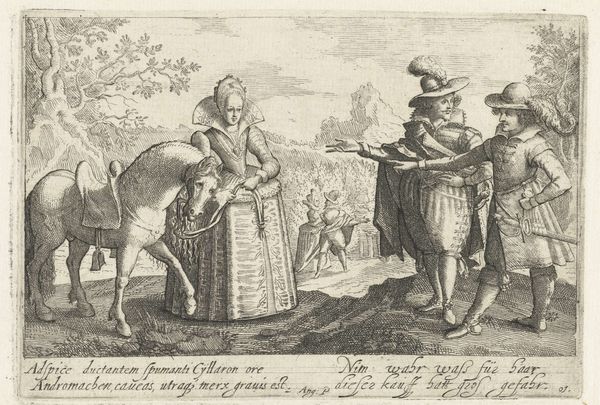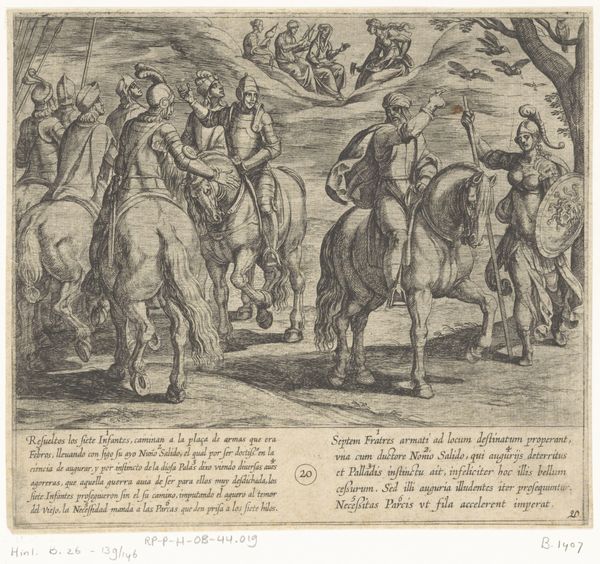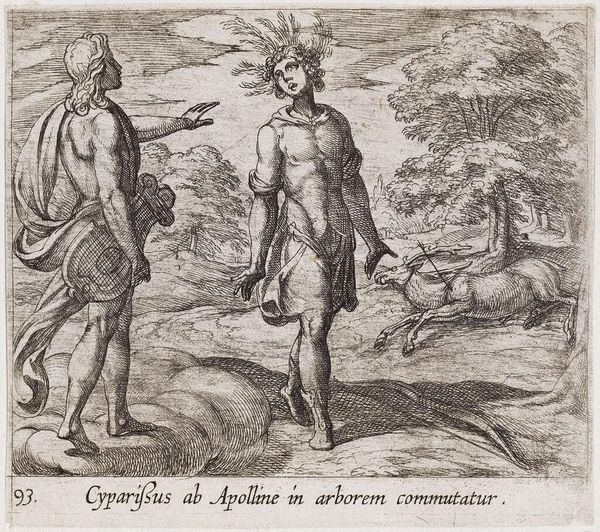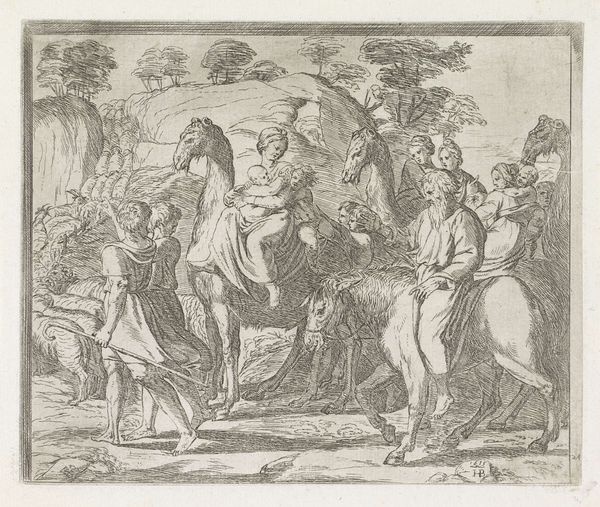
Plate 17: Ocyrhoe Changed into a Horse (Ocyroe vaticinata in equam), from Ovid's 'Metamorphoses' 1606
0:00
0:00
drawing, print, engraving
#
drawing
#
baroque
# print
#
landscape
#
figuration
#
horse
#
men
#
history-painting
#
engraving
Dimensions: Sheet: 4 1/8 × 4 11/16 in. (10.5 × 11.9 cm)
Copyright: Public Domain
Editor: We’re looking at Antonio Tempesta’s engraving from 1606, "Plate 17: Ocyrhoe Changed into a Horse, from Ovid's 'Metamorphoses'." There’s a rather startling image of a woman transforming into a horse, or perhaps, a centaur. What historical context should we consider when viewing this work? Curator: It’s crucial to understand how the Baroque era redefined the purpose of mythological illustration. Tempesta doesn’t just depict Ovid's story; he visualizes a moment of divine punishment, showcasing power dynamics. Who is being punished and what does this tell us about the prevailing values of society in 17th-century Europe? Editor: That’s interesting. So, it’s less about pure storytelling and more about... social commentary? Curator: Exactly. Printmaking allowed these commentaries to circulate widely. Consider also the role of the Catholic Church; divine retribution was a powerful tool used for social control. This image serves to reinforce existing social hierarchies and moral expectations. How might the intended audience have reacted to seeing this portrayal of transformation as punishment? Editor: I suppose it would reinforce the dangers of defying the established order. The dramatic transformation is pretty vivid. So this engraving would have carried a significant message beyond just illustrating a myth? Curator: Precisely. The engraving enters the public sphere and the story shifts to become an instrument. What’s remarkable here is the overt demonstration of consequences for stepping outside those set boundaries. Editor: So, by exploring its historical context, this isn't just a depiction of mythology; it's an insight into the social and political forces at play at the time. It makes you think about the messages embedded in the images we consume today, too.
Comments
No comments
Be the first to comment and join the conversation on the ultimate creative platform.
